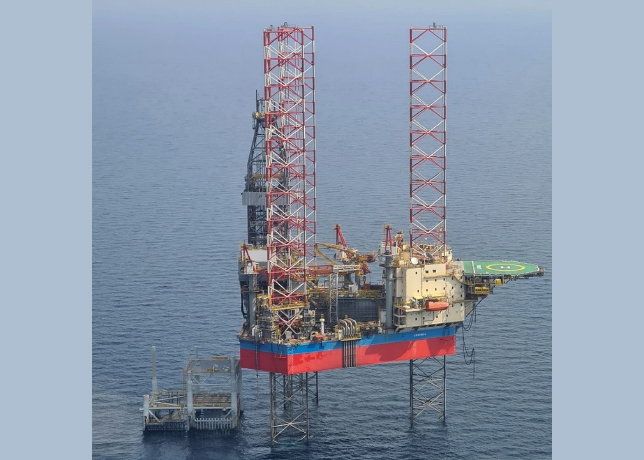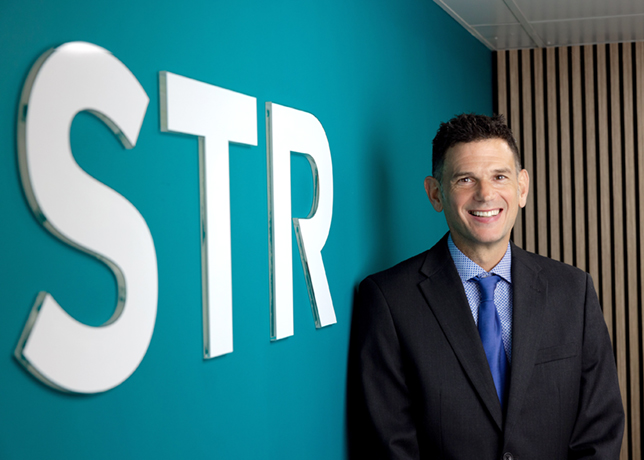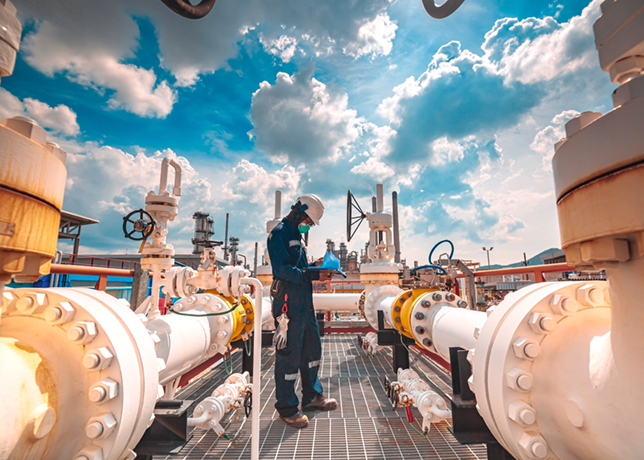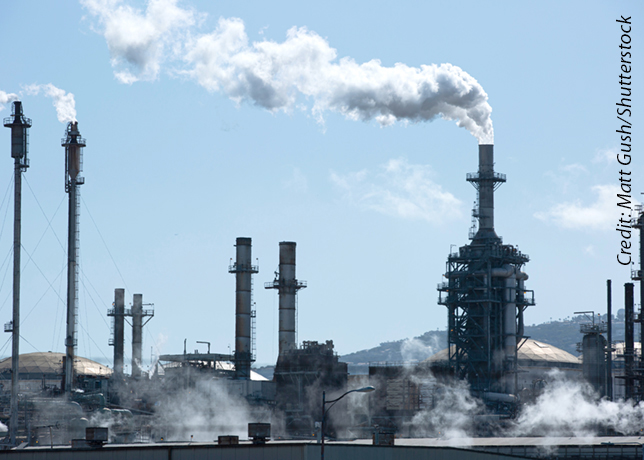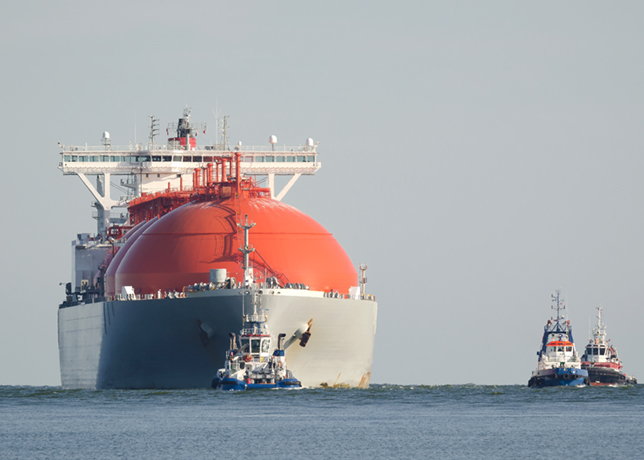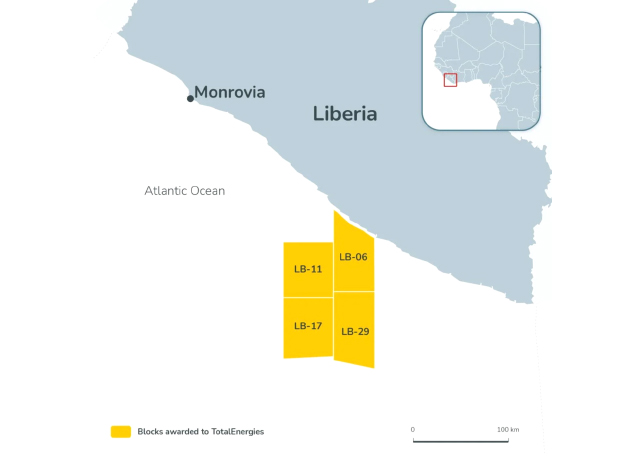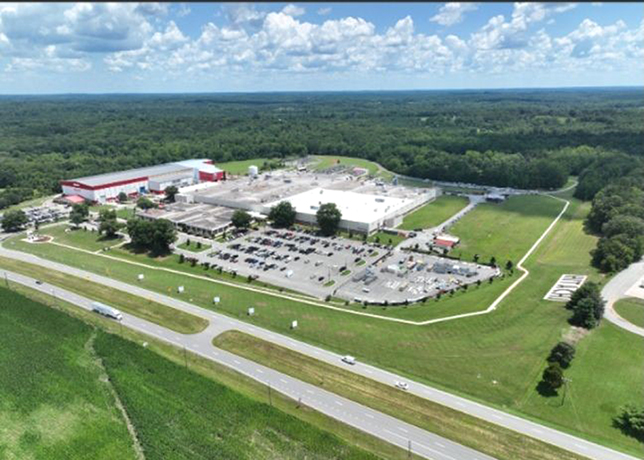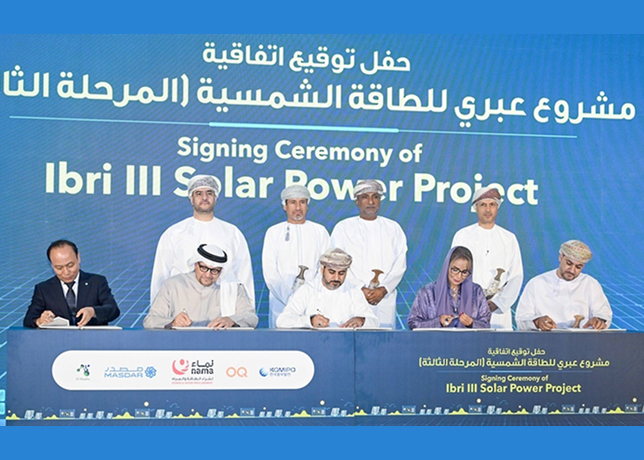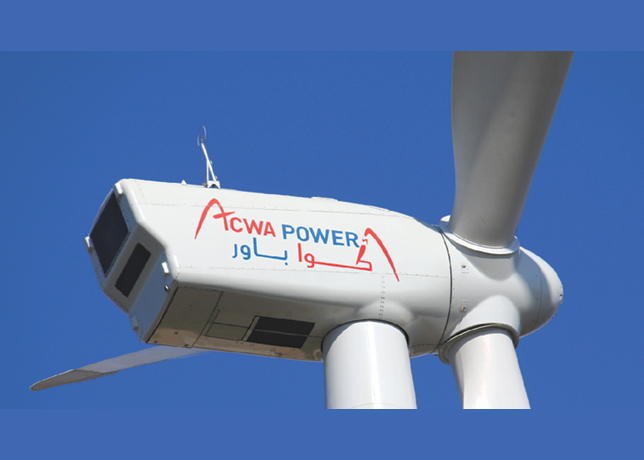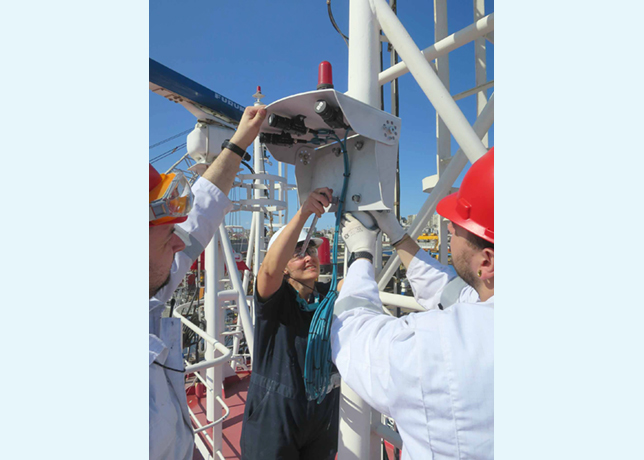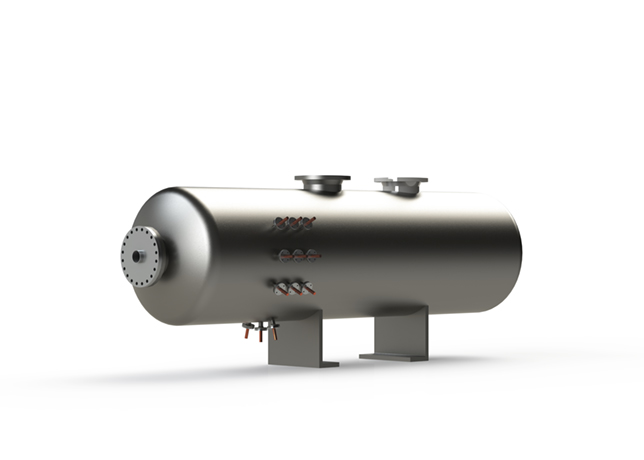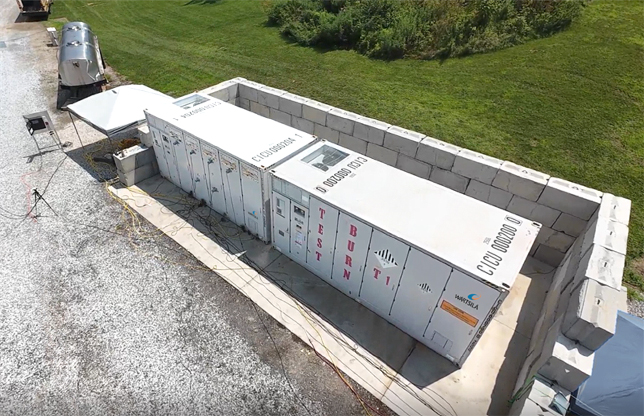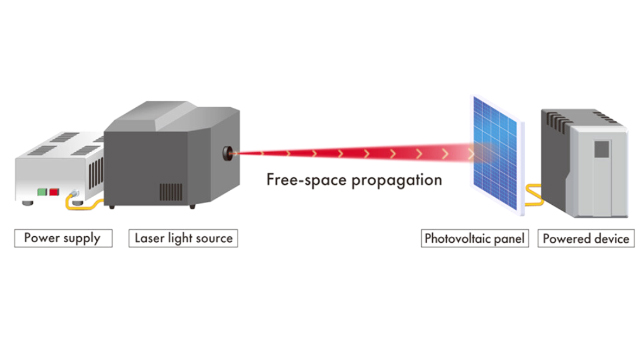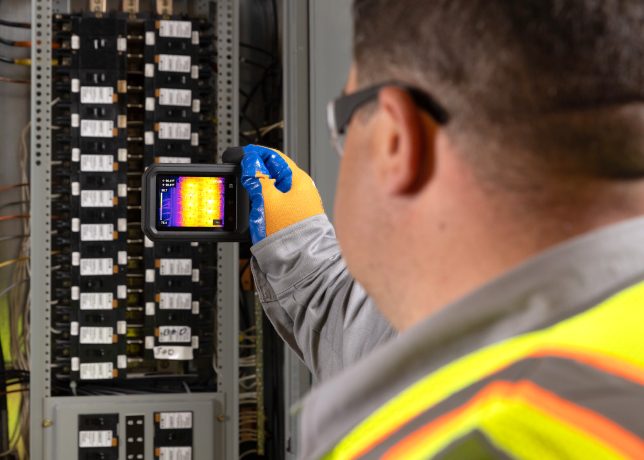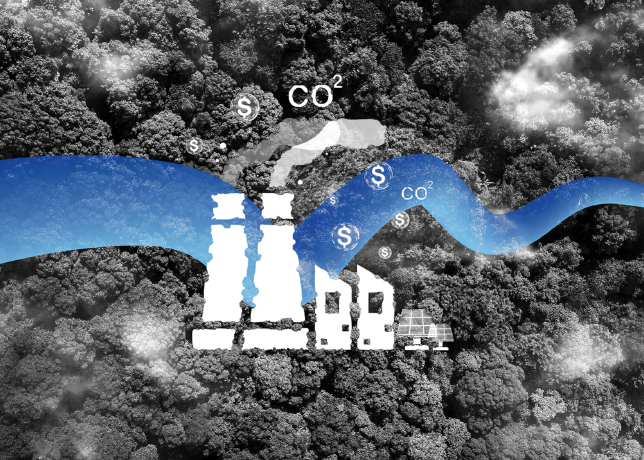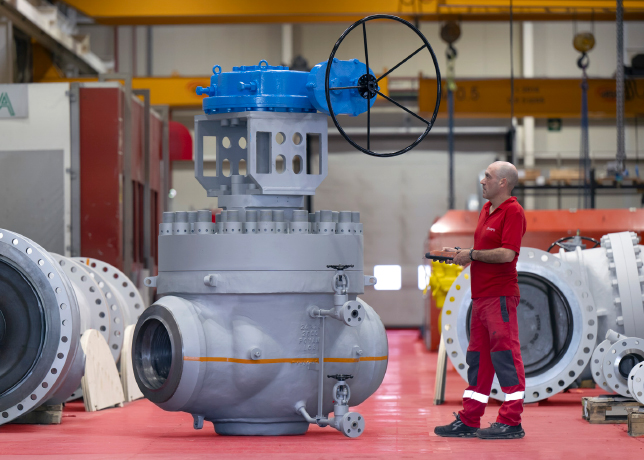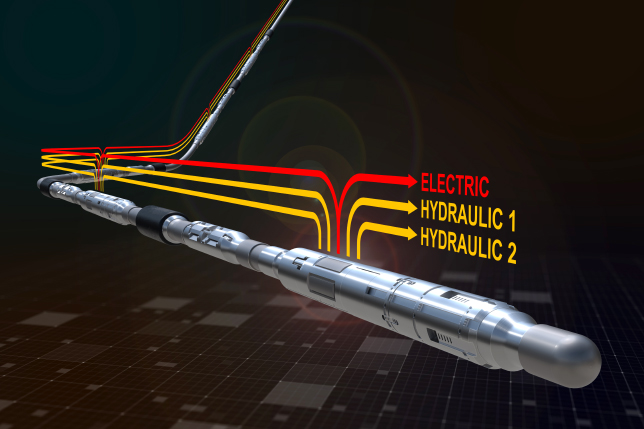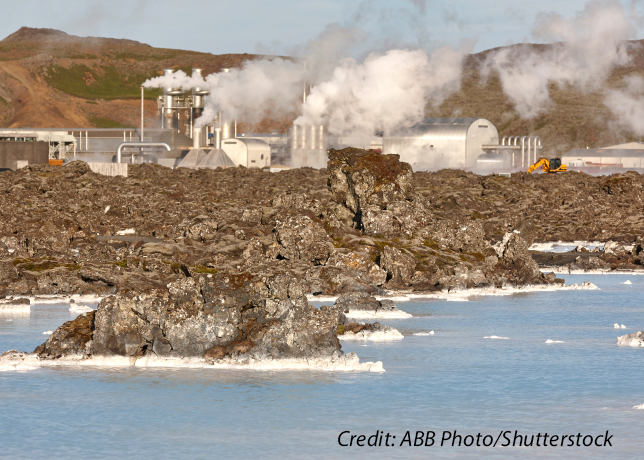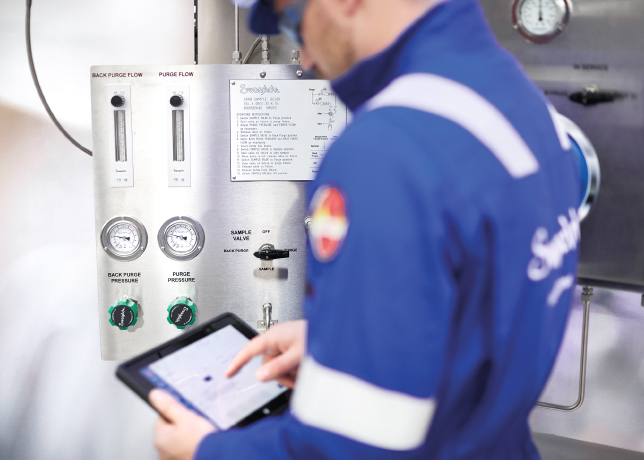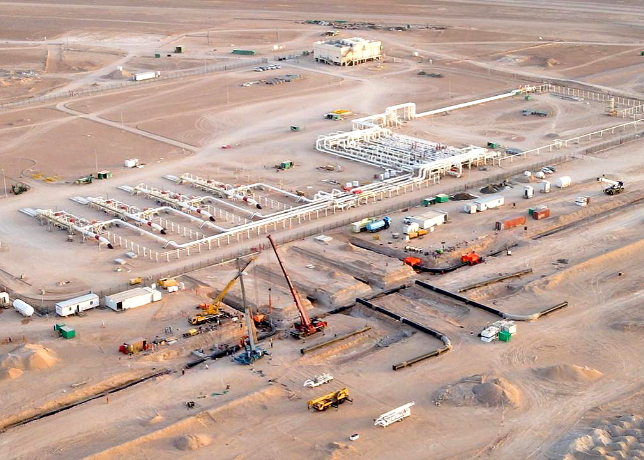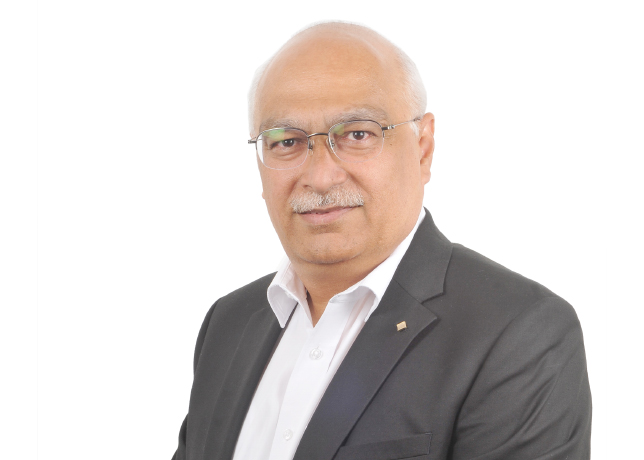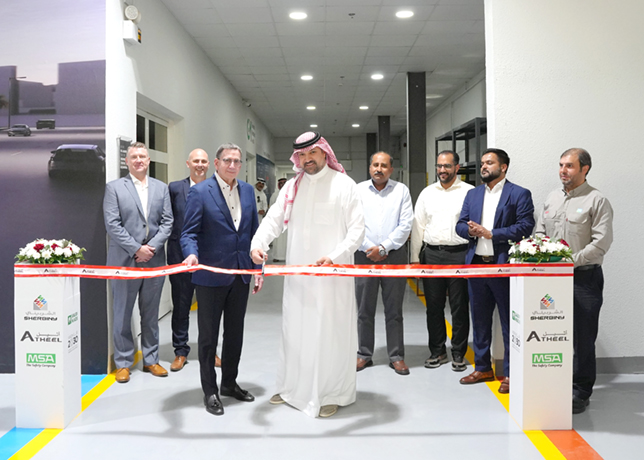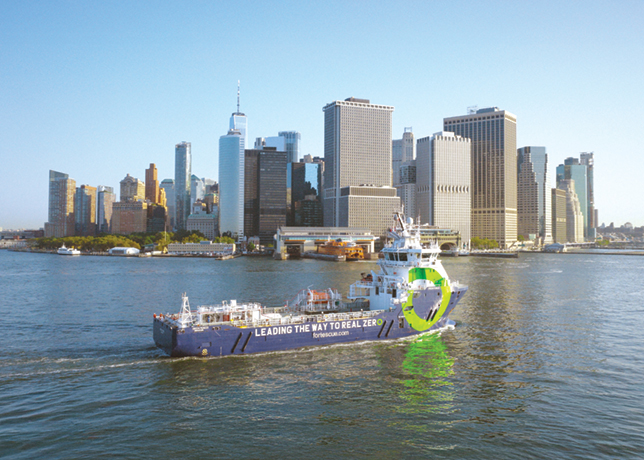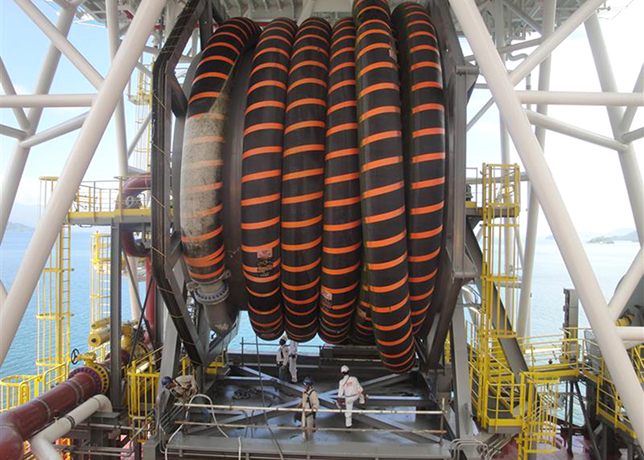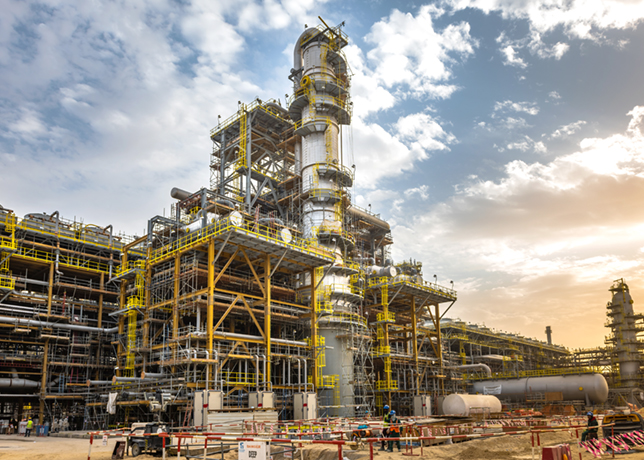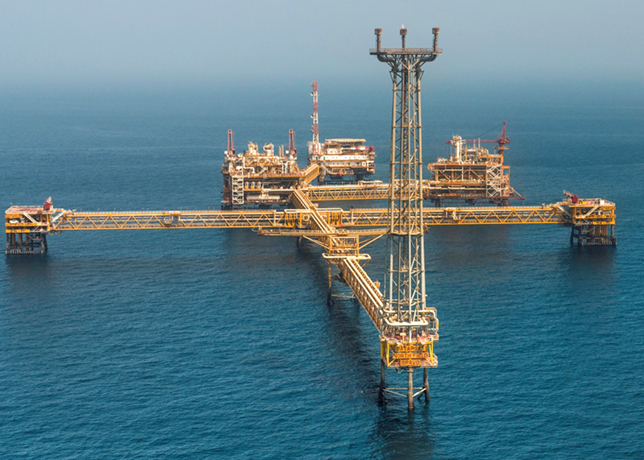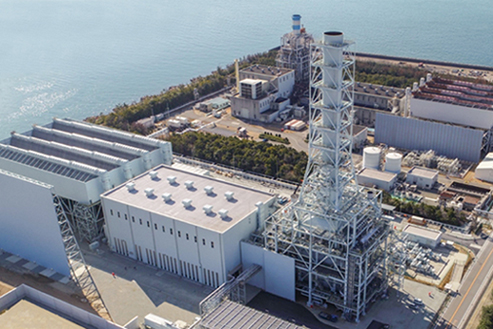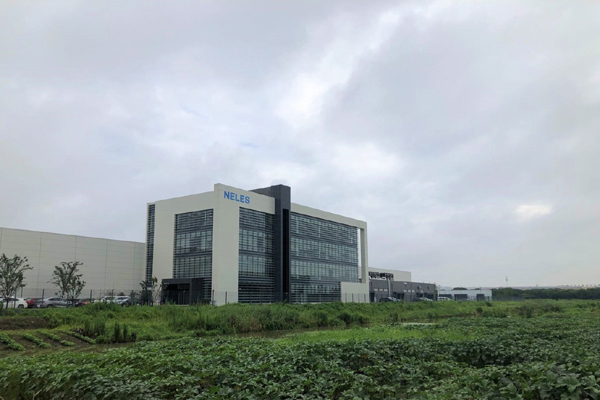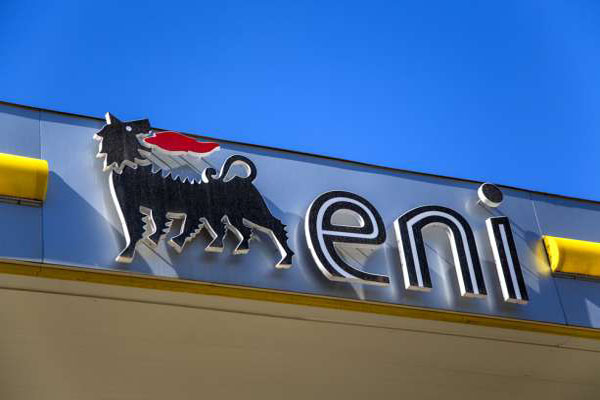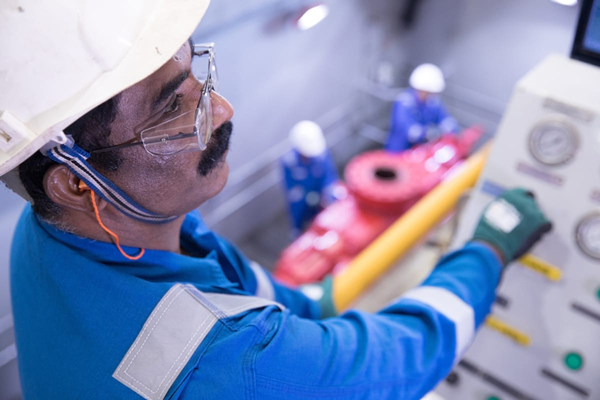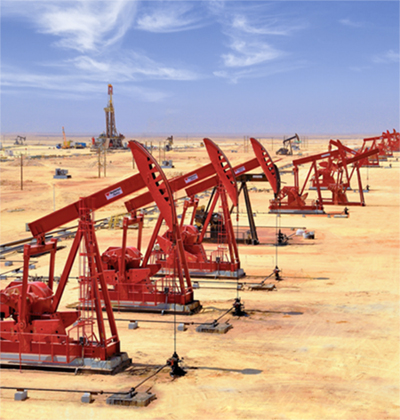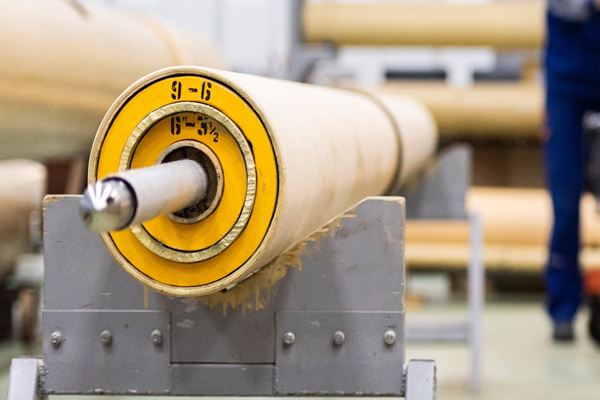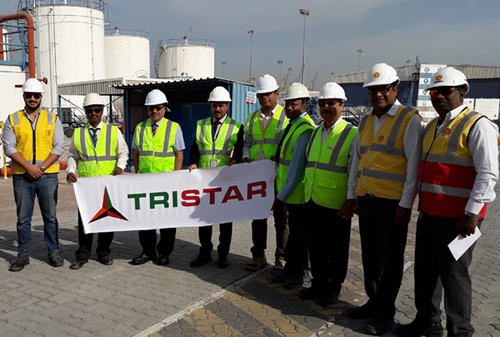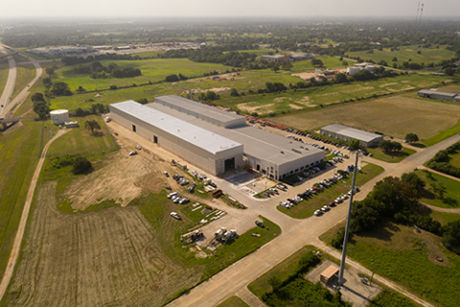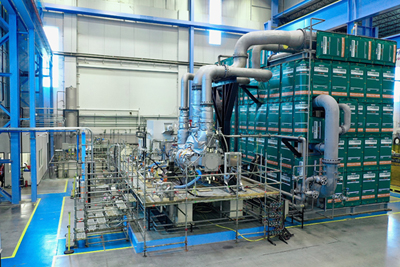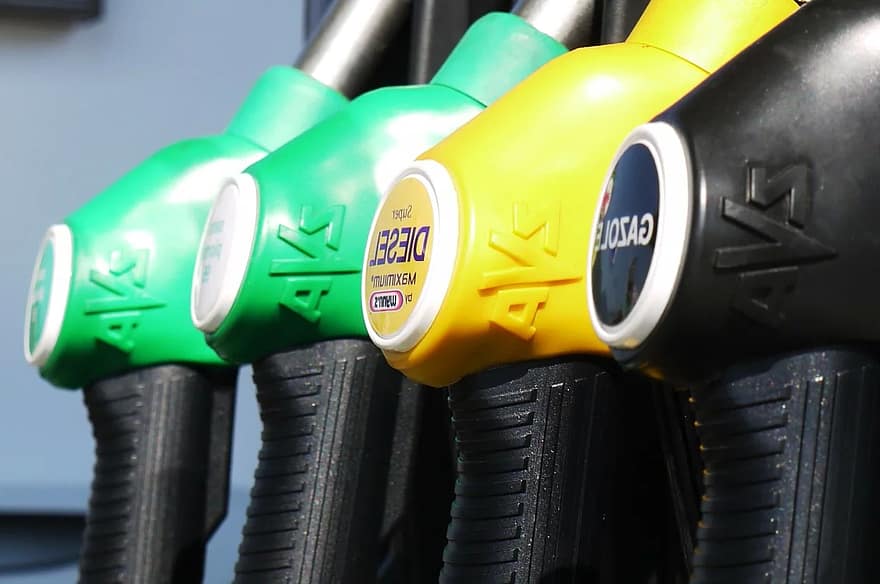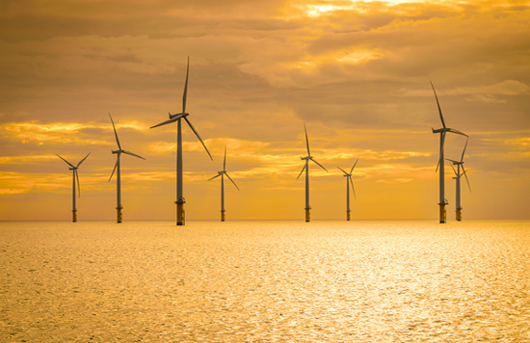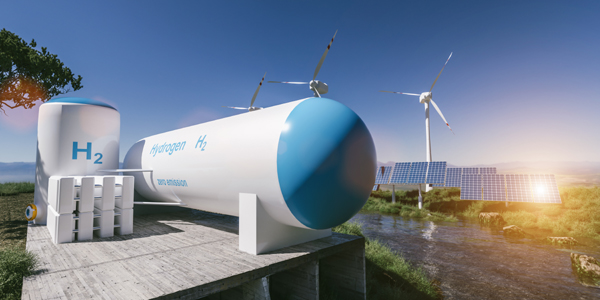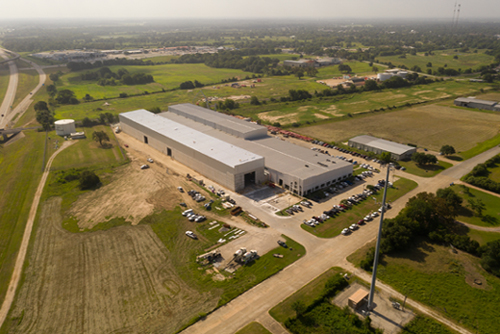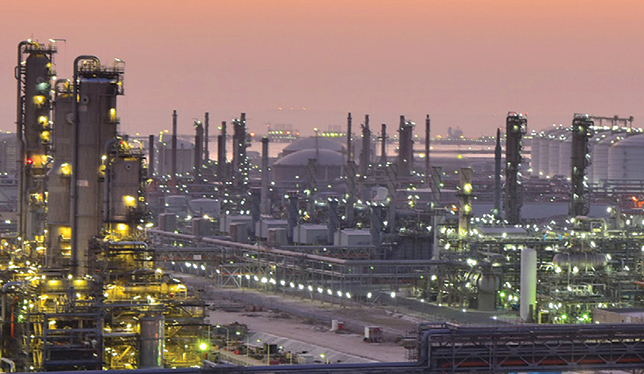

In a bold pivot from fossil dominance to diversified power, Kuwait is strategically reshaping its energy sector, integrating oil, gas, and renewables to ensure energy security and global climate alignment
Kuwait stands at a pivotal juncture in its energy evolution, strategically recalibrating its trajectory amidst a dynamic global landscape driven by evolving demands, stringent environmental regulations, and the imperative for diversification.
While its legacy as a hydrocarbon powerhouse remains undeniable, the country is progressively charting a course towards a more balanced and sustainable energy mix, integrating ambitious renewable energy targets with continued optimisation of its traditional oil and gas resources.
This transformation is not merely an economic necessity but a strategic imperative to ensure long-term prosperity and environmental stewardship in an increasingly carbon-conscious world.
Kuwait’s energy narrative began in earnest with the discovery of oil in the Burgan field in 1938, leading to the first crude oil export in 1946.
This ushered in an era of unprecedented economic prosperity, with the Kuwait Oil Company (KOC), nationalised in 1975, and its umbrella organisation, Kuwait Petroleum Corporation (KPC), established in 1980, becoming the pillars of the nation’s wealth.
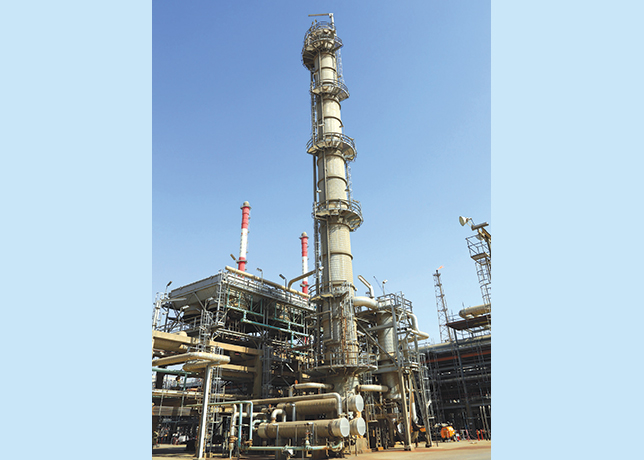 |
Kuwait is promoting smart technologies to ensure long-term energy security |
The country’s electricity services also saw significant development, starting from a small plant in 1934 and gradually expanding to meet the burgeoning demand fuelled by modernisation.
Historically, Kuwait’s energy system has been almost exclusively reliant on oil and natural gas for power generation.
However, in response to global climate concerns and the need for economic diversification, Kuwait has embarked on a visionary shift.
KPC’s Strategy 2040 and the broader Kuwait Vision 2035 aim to enhance KPC’s global reputation, meet the state’s current and future energy demands, and achieve a sustainable leadership position in the oil and gas industry while embracing environmental responsibility.
This includes a commitment to reach net-zero emissions by 2050 for KPC’s global operations, contributing to the State of Kuwait’s overall net-zero target by 2060.
The vision explicitly seeks to provide an "economically and environmentally friendly mix of fuels" and to utilise alternative and renewable energy sources where they add value.
CURRENT DYNAMICS
The Kuwaiti energy sector is currently a hive of activity, marked by both ambitious plans and persistent challenges.
Ongoing discussions centre on accelerating the energy transition, with a strong emphasis on integrating renewables into the power mix. However, challenges persist, notably in project execution.
The total value of active oil projects has surged to $18.5 billion as of July 2025, but implementation often lags, with many projects remaining in early design or preparatory stages.
Delays in tender deadlines, such as those for five strategic KOC projects valued over $2 billion, and discrepancies between government cost estimates and company bids, highlight bottlenecks in procurement and planning.
For instance, a bid for a new fuel depot in Al-Mutlaa exceeded the budget by 43 per cent.
Despite these hurdles, there are signs of forward momentum. KPC has reiterated its commitment to lowering emissions, with KOC already having reduced gas flaring to below 1 per cent from 17 per cent in 2005.
A $50-million flare gas recovery project at the Mina Al-Ahmadi refinery by Kuwait National Petroleum Company (KNPC) is underway, with bids due by August 12, aimed at further reducing gas flaring.
LEGACY & EMERGING ENERGIES
Kuwait’s undeniable strength lies in its vast legacy energy resources. The country holds approximately 7 per cent of global oil reserves and has a current production capacity of about 3.15 million barrels per day (bpd).
KPC intends to increase oil production capacity to 4.0 million bpd by 2035 and maintain it until 2040.
This robust oil infrastructure, coupled with a highly experienced national oil company like KOC, positions Kuwait as a reliable global energy supplier.
The recent full operationalisation of the $30 billion Al Zour Refinery in 2023 further solidifies its refining capabilities, aiming for a maximum capacity of 615,000 bpd.
While traditionally reliant on fossil fuels, Kuwait is increasingly leveraging its emerging strength in new energy.
The country has set ambitious renewable energy targets: 30 per cent of its energy mix by 2030, progressing to 40 per cent by 2040 and 50 per cent by 2050.
This shift is driven by a recognition of the economic and environmental benefits, including reduced CO2 emissions and the potential for increased oil exports due to lower domestic consumption.
Initial pilot projects, such as the 70-MW Shagaya Renewable Energy Project (combining solar PV, concentrated solar power, and wind), have demonstrated the viability of renewables even in Kuwait’s harsh climate.
KPC is also actively pursuing carbon capture, utilisation, and storage (CCUS) and exploring green hydrogen as strategic priorities.
For Kuwait, the optimal path forward is a pragmatic dual approach, leveraging both its robust legacy energy sector and aggressively investing in new energy technologies.
Oil will remain a cornerstone of its economy for decades to come, and maximising its value through efficient production and refining, while simultaneously reducing its carbon intensity, is crucial.
KPC is focussed on becoming one of the least carbon-intensive producers globally.
This involves initiatives like the Sedra 500 solar power plant, the first in the world to operate electrical submersible pumps for crude oil extraction, significantly reducing emissions.
Simultaneously, a strong push towards renewable energy is vital for energy security, environmental sustainability, and economic diversification.
The government’s adoption of the public-private partnership (PPP) model for developing new power plants, including renewable energy projects, is a positive step towards attracting necessary investment and expertise.
This dual strategy allows Kuwait to maintain its position as a major global energy player while proactively addressing climate change and meeting its growing domestic energy demands with a more diversified and sustainable energy mix.
PUBLIC & PRIVATE SECTOR ENDEAVOURS
Numerous projects are currently underway, reflecting Kuwait’s strategic energy agenda.
In the public sector, the Ministry of Electricity and Water and Renewable Energy (MEWRE) is overseeing a significant pipeline of renewable energy projects totalling approximately 5.1 GW.
These include Zone 1 (1.1 GW), Zone 2 (500 MW), Zone 3 (1.3 GW), and Zone 4 (1.7 GW) projects within the Shagaya Renewable Energy Park.
A 1-GW collaboration with Kuwait Oil Company (KOC) for internal consumption across various oil fields is also in progress.
KOC itself is targeting 17 GW of long-term renewable capacity spanning solar, wind, and green hydrogen for its operations.
Beyond large-scale projects, smaller, decentralised initiatives are also contributing, such as the 20.5 MW installation at Kuwait International Airport and 117 MW installed on government building rooftops.
The Public Authority for Housing Welfare’s (PAHW) initiative to power street lighting in South Abdullah Al-Mubarak with renewable energy is another example of public sector commitment.
Private sector participation is becoming increasingly crucial. The government is actively seeking private investment through PPP arrangements for mega-projects, particularly in renewable energy.
While specific private sector projects can be more challenging to ascertain from publicly available information, the shift towards a more open investment environment indicates growing opportunities.
Discussion forums within the energy business intelligence sphere suggest increasing interest from international investors in Kuwait’s emerging green energy market, particularly for solar and potential wind farm developments after 2030.
There are ongoing talks about the potential privatisation of existing utilities assets, such as the Shuaiba North Station, valued at $1.2 billion, which would be a landmark move in involving the private sector in utility operations.
POSITIONING FOR ENERGY LEADERSHIP
Kuwait’s geographical location at the head of the Persian Gulf, near the confluence of the Tigris and Euphrates rivers, offers significant strategic advantages.
While its primary role has historically been that of a producer and exporter of crude oil, its position could be leveraged to become an energy leader in both production and distribution, particularly as regional and international energy trade evolves.
Its established port infrastructure and access to international shipping lanes make it an ideal hub for oil and refined product exports.
Looking forward, this position could be crucial for future energy pathways, including potential green hydrogen exports if production scales up.
The ongoing Gulf Electricity Interconnection System project, supported by loans from the Kuwait Fund for Arab Economic Development (KFAED), highlights Kuwait’s role in regional energy connectivity.
Furthermore, its extensive land area, particularly in the desert regions, provides ample space for large-scale solar and wind energy projects, positioning it as a significant potential producer of renewable electricity that could contribute to regional grids.
Kuwait’s domestic energy needs are substantial and projected to increase significantly. The country’s per capita energy consumption is among the highest globally, fluctuating around 9 tonnes of oil equivalent (toe) since 2020.
Electricity consumption is also exceptionally high, hovering around 15 MWh per capita since 2015.
This high consumption is largely driven by the demand for indoor cooling, which accounts for 67-70 per cent of total domestic energy consumed, a necessity in Kuwait’s extreme summer temperatures.
Furthermore, high rates of energy loss and wasteful end-user consumption patterns contribute to the overall demand.
Forecasts indicate that electricity production is expected to reach 100,126 M. kWh in 2028, with a compound annual growth rate (CAGR) of 4.26 per cent.
The peak load demand, which was 14,960 MW in 2020, is expected to increase to 20,474 MW by 2028.
This upward trend necessitates continuous investment in new power generation capacity and a concerted effort to improve energy efficiency and rationalise consumption.
The government’s drive towards integrating renewables and promoting smart technologies in buildings is a direct response to these escalating demands, aiming to ensure long-term energy security without solely relying on finite hydrocarbon resources.
By Abdulaziz Khattak



